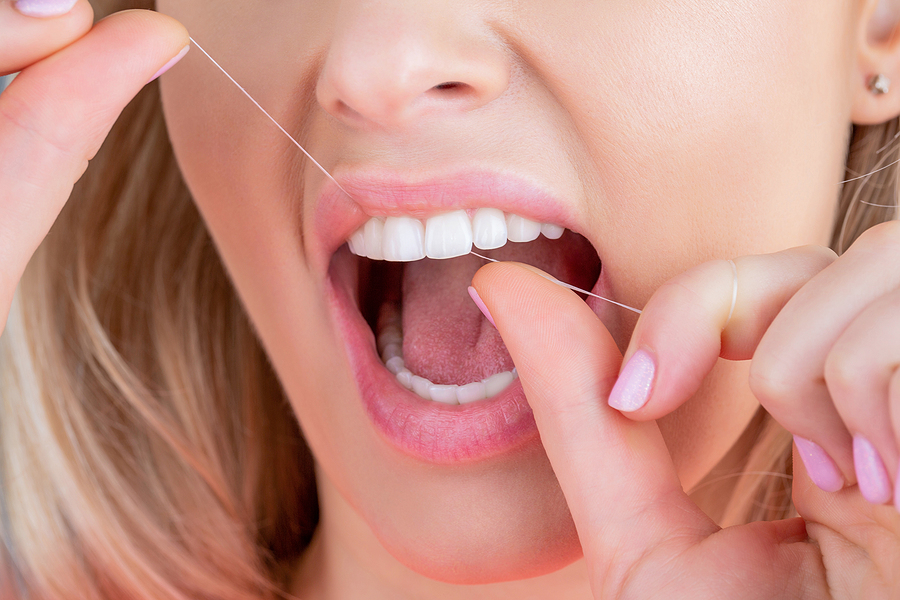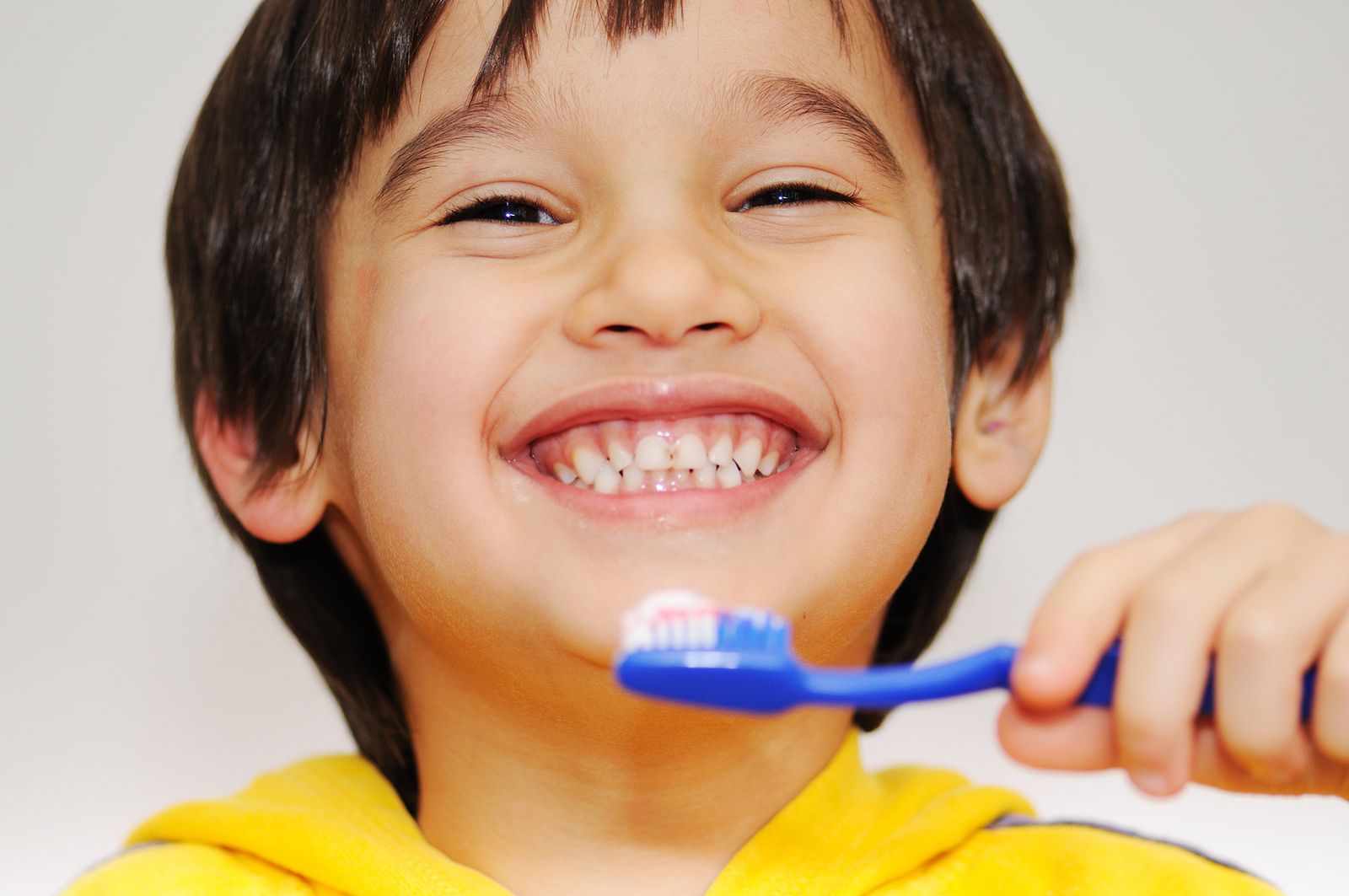Almost half of all adults above age 30 suffer from some form of periodontal disease. While some of these cases are genetic or a result of other underlying conditions, many of them result from poor dental hygiene.
If you’re one of the people that lies between your teeth to your dentist that you do floss when in fact you don’t, you may be increasing your risk of periodontal disease. And not flossing doesn’t just affect your teeth, your oral health affects your entire body.
By avoiding the common flossing mistakes below, you will improve your health and live a fuller life!
1. Not Flossing At All
We’ve all been tempted to tell our dentist we floss “every day” when we in fact don’t. This is a mistake that only is self-destructive in the end. Establishing a regular flossing routine is a key component of a healthy lifestyle.
Your dentist knows when you’re not being honest about your flossing habits. To get into the habit of flossing, it is important to find a floss that you actually enjoy using.
There are different floss flavors like cardamom and fruit. Also make the habit easy, by placing your floss on a visible part of your countertop so you don’t forget.
You can make a habit of flossing by doing it with your family or by distracting yourself with your favorite show. This will get you excited to floss since you’ll associate the action with doing something you enjoy like spending a few minutes with family or the TV.
2. Missing Hard-to-Reach Parts of Your Mouth
Those back teeth are hard to reach, but they are also where some of the most food hangs out in your mouth. It is essential to reach those back molars in addition to flossing front teeth.
While you can’t really see the back teeth, avoiding them will lead to plenty of plaque, bacteria, and waste buildup. This can lead to cavities, and tooth decay and increase the risk for gum disease and other oral complications.
3. Being Inconsistent
To reap the benefits of flossing, you need to do it at least once every day, preferably at night. Flossing once a week or once a year, is not going to make a difference in your health.
Your gums bleed when you don’t floss regularly, so it will make you think negatively of flossing if you only do it every once in a while.
4. Stopping When Your Gums Bleed
If your gums do start bleeding, this isn’t your sign to stop flossing! Bleeding gums is normal when you first start flossing.
Your gums will eventually adapt to your flossing routine and stop bleeding after about one week. Bleeding is actually a sign that your gums are diseased and crave the massage and stimulation of flossing.
That is why after a few regular flossing sessions you’ll find your gums to have stopped bleeding. If the bleeding doesn’t stop, make sure to consult with a dental professional.
5. Overflossing
While flossing is a great habit, you can overdo it. Just like all things in life, habits should be enjoyed in moderation.
Dentists recommend flossing once per day, preferably at night after you’ve consumed all of your meals.
6. Reusing Floss
Using the same section of dental floss between all teeth defeats the purpose. You are just moving the same plaque and dirt from one tooth to another. Also, reusing the same piece of floss over multiple days is completely unhygienic.
Make sure to use a fresh piece of floss that is about one to four inches long. Hold it taut between your fingers and advance to a new clean section of the floss between each tooth.
When you are finished, dispose of that piece of floss and use a new piece the following day.
7. Applying Incorrect Pressure
Flossing too gently is ineffective at removing any plaque or food. Most people are on the opposite end of the spectrum, flossing too aggressively.
The goal of floss is to stimulate the oral lymph system to excrete waste and to remove any physical contaminants in the mouth that aren’t reached by a toothbrush.
Flossing should never be painful, although if you’re new to it you might have slight discomfort at first. Floss should glide gently between teeth and gums.
Some people will tug the floss deep into their gums which can actually end up pushing food in instead of removing it. Doing so will leave your gums irritated and inflamed.
8. Not Following the Natural Contour of Your Teeth
One of the most common flossing mistakes is flossing in a straight vertical motion. You should actually floss adjacent to the curve of each tooth. This will ensure you don’t miss the tooth’s surface.
It will also slow down the speed of flossing as you have to pay special attention to the shape of each tooth. Often people make the mistake of aggressively speeding through their flossing, which defeats the purpose.
9. Using a Poor Quality Floss
Not all floss is created equal. In fact, some floss can even be toxic! A recent study exposed the link between conventional dental floss brands and increased PFASs in the blood.
PFASs are synthetic chemicals used to repel water and oil. They are added to dental floss brands like Glide. However, these PFASs increase the risk of liver damage, thyroid disease, infertility, hormone disorders, and cancer.
Make sure to find a PFASs-free floss. Flossing is an extremely healthy habit so you don’t want to negate the positive habit with chemicals known to have adverse health effects.
Avoid These Common Flossing Mistakes for Oral Health
These common flossing mistakes are easy to avoid when you visit your dentist. Make sure to ask your dentist to show you how to floss your own teeth. They can walk you through flossing with a mirror present so you can see and understand exactly how you should be flossing at home.
Contact our care team today and learn how you can have a whiter, brighter smile tomorrow with the power of floss!
More Blog Posts
Office Hours
MON - THU8:00 am - 5:00 pm
FRI8:00 am - 2:00 pm
SAT - SUNClosed






